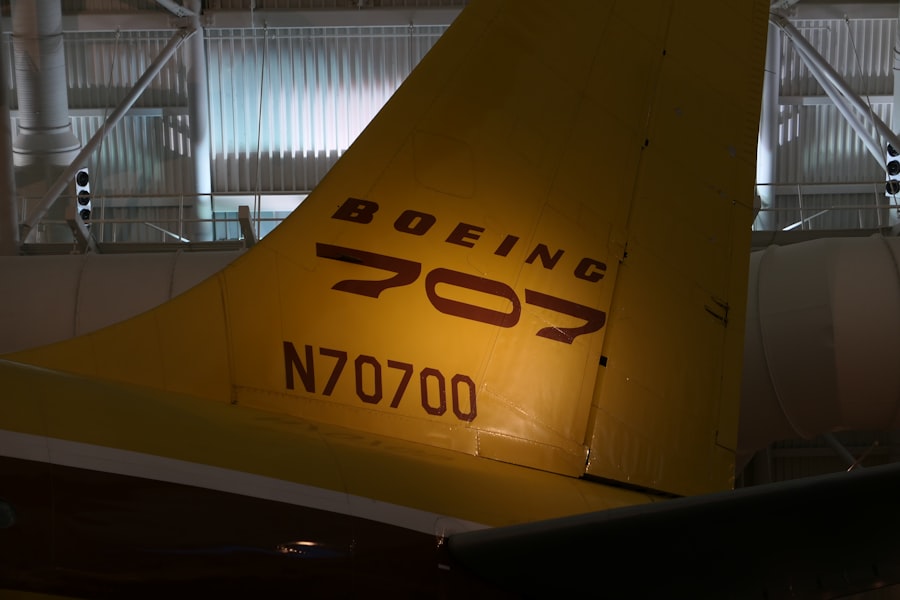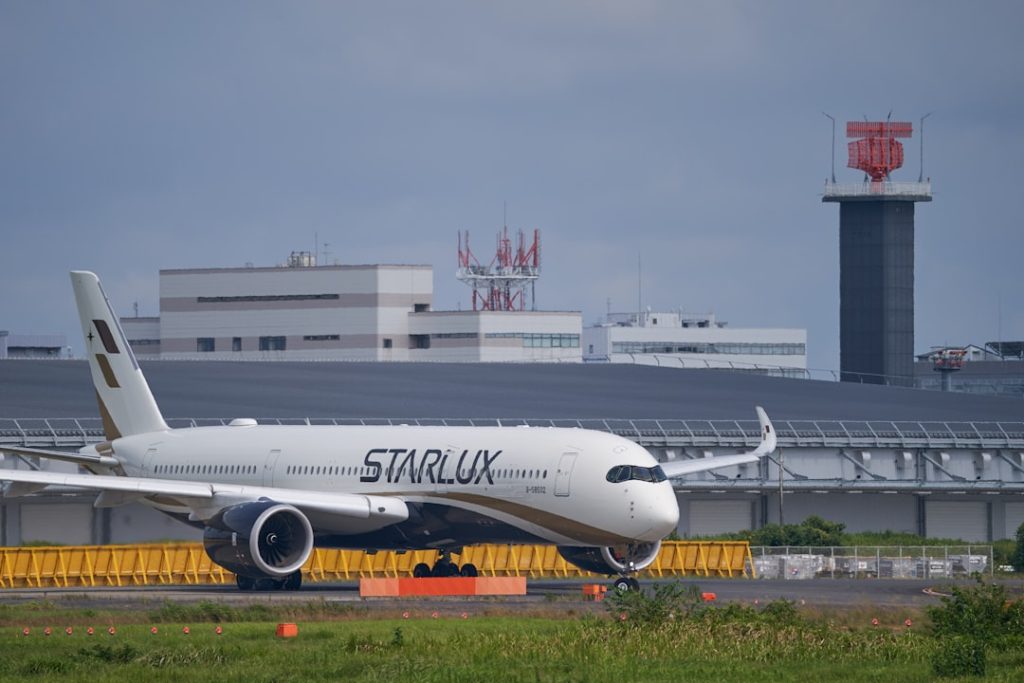The Airbus A321, a member of the A320 family, has established itself as a significant player in the commercial aviation sector since its introduction in the early 1990s. Designed to bridge the gap between short-haul and medium-haul flights, the A321 has garnered attention for its versatility and efficiency. With a capacity to accommodate a larger number of passengers compared to its smaller siblings, the A318 and A319, the A321 has become a preferred choice for airlines looking to optimize their fleet for various routes.
The aircraft’s design reflects a commitment to modern aviation needs, combining advanced technology with passenger comfort and operational efficiency. Airbus’s decision to develop the A321 was driven by market demand for a larger single-aisle aircraft that could serve both domestic and international routes effectively. The A321’s introduction was timely, coinciding with a period of growth in air travel, particularly in regions where airlines sought to expand their services without investing in larger, more complex aircraft.
As a result, the A321 has not only become a staple in many airline fleets but has also played a crucial role in shaping the landscape of modern air travel.
Key Takeaways
- The Airbus Industrie A321 is a narrow-body, twin-engine jet airliner designed for short to medium-haul flights.
- The A321 features a longer fuselage than its A320 counterpart, allowing for increased seating capacity and improved range.
- With its advanced aerodynamics and efficient engines, the A321 offers excellent fuel efficiency and performance, making it a popular choice for airlines.
- The A321 is known for its versatility, capable of operating in a variety of conditions and serving a wide range of routes.
- Passengers can enjoy a comfortable cabin layout in the A321, with options for different seating configurations and amenities.
Design and Features of the A321
The design of the Airbus A321 is characterized by its sleek fuselage and advanced aerodynamics, which contribute to its overall performance and efficiency. The aircraft features a length of approximately 44.51 meters (146 feet), making it the longest variant in the A320 family. This extended fuselage allows for increased passenger capacity, typically accommodating between 185 to 240 passengers depending on the configuration chosen by the airline.
The wingspan of the A321 is also noteworthy; equipped with wingtip devices known as sharklets, these wings enhance fuel efficiency by reducing drag during flight. In terms of technological advancements, the A321 incorporates state-of-the-art avionics and systems that improve operational reliability and safety. The fly-by-wire control system allows for precise handling and reduces pilot workload, while the cockpit is equipped with advanced displays that provide pilots with critical flight information at a glance.
Additionally, the aircraft’s materials are selected for their strength-to-weight ratio, contributing to overall performance while ensuring durability and longevity.
Performance and Efficiency of the A321

The performance metrics of the Airbus A321 are impressive, particularly when considering its role as a single-aisle aircraft. Powered by either CFM International LEAP-1A or Pratt & Whitney PW1100G engines, the A321 boasts a maximum cruising speed of Mach 0.78 and a range of approximately 3,700 nautical miles (6,950 kilometers) in its long-range variant, the A321XLR. This capability allows airlines to operate transcontinental routes efficiently without compromising on passenger comfort or operational costs.
Fuel efficiency is one of the standout features of the A321. The incorporation of modern engine technology and aerodynamic enhancements results in lower fuel consumption per seat compared to older aircraft models. For instance, airlines operating the A321 can expect fuel savings of up to 20% compared to previous generation aircraft.
This efficiency not only translates into cost savings for airlines but also aligns with global efforts to reduce carbon emissions in aviation, making the A321 an environmentally friendly option in its class.
Versatility and Range of the A321
| Aspect | Details |
|---|---|
| Length | 44.51 meters |
| Wingspan | 35.8 meters |
| Range | up to 3,200 nautical miles |
| Passenger Capacity | 185-236 passengers |
| Cargo Capacity | up to 21 LD3 containers |
The versatility of the Airbus A321 is one of its defining characteristics, allowing it to serve a wide array of routes and operational needs. Its ability to operate efficiently on both short-haul and medium-haul flights makes it an attractive option for airlines looking to maximize their fleet’s utility. The aircraft can easily transition from busy domestic routes to longer international flights, providing airlines with flexibility in scheduling and route planning.
The range of the A321 is particularly noteworthy in its long-range variant, the A321XLR (Extra Long Range). This model extends the operational capabilities of the A321 family significantly, allowing airlines to serve routes that were previously only feasible with larger twin-aisle aircraft. With a range that exceeds 4,700 nautical miles (8,700 kilometers), the A321XLR opens up new markets for airlines, enabling them to connect secondary cities with major hubs without requiring larger aircraft that may not be as economically viable on thinner routes.
Passenger Comfort and Cabin Layout
Passenger comfort is a critical consideration in the design of the Airbus A321, which features a cabin layout that can be customized according to airline preferences. The standard two-class configuration typically includes business and economy classes, while some airlines opt for an all-economy layout to maximize capacity on high-demand routes. The cabin width allows for comfortable seating arrangements, with options for both standard and premium seating.
Airbus has also focused on enhancing the overall passenger experience within the A321 cabin. The aircraft is equipped with larger windows that allow more natural light into the cabin, creating a more pleasant atmosphere during flights. Additionally, modern cabin materials and lighting systems contribute to an improved ambiance, making long flights more enjoyable for passengers.
In-flight entertainment systems are often integrated into the cabin design, providing passengers with access to movies, music, and other content during their journey.
A321 in Commercial Airline Operations

The Airbus A321 has found widespread adoption among commercial airlines around the globe due to its operational efficiency and adaptability. Major carriers such as American Airlines, Lufthansa, and IndiGo have incorporated the A321 into their fleets, utilizing it for both domestic and international routes. Its ability to handle high passenger volumes while maintaining low operating costs makes it an attractive option for airlines looking to optimize their route networks.
In commercial operations, the A321 has proven itself capable of handling busy airport environments with ease. Its short takeoff and landing capabilities allow it to operate from airports with shorter runways or those that experience congestion during peak hours. This flexibility enables airlines to serve a broader range of destinations while maximizing their fleet utilization.
Furthermore, as airlines continue to recover from the impacts of global events such as the COVID-19 pandemic, the A321’s efficiency positions it well for future growth in air travel demand.
A321 in Specialized and Charter Operations
Beyond its role in commercial airline operations, the Airbus A321 has also found applications in specialized and charter operations. Its versatility allows it to be adapted for various purposes beyond standard passenger transport. For instance, some operators have modified their A321s for cargo transport or as freighters, capitalizing on its spacious cabin and efficient performance characteristics.
Charter operations have also embraced the A321 due to its ability to accommodate large groups while providing comfort during travel. Sports teams, corporate groups, and tour operators often utilize chartered A321 flights for events or vacations where convenience and capacity are paramount. The aircraft’s range allows it to serve popular tourist destinations without requiring multiple stops or layovers, making it an ideal choice for charter services catering to diverse clientele.
Future Developments and Upgrades for the A321
As aviation technology continues to evolve, so too does the Airbus A321. Future developments are likely to focus on enhancing fuel efficiency further through advancements in engine technology and aerodynamics. Airbus has already indicated plans for potential upgrades that could include more efficient engines or modifications to existing designs that would improve performance metrics even further.
Additionally, as airlines increasingly prioritize sustainability in their operations, future iterations of the A321 may incorporate alternative fuel options or hybrid technologies aimed at reducing carbon footprints. The ongoing development of sustainable aviation fuels (SAFs) presents an opportunity for aircraft like the A321 to play a pivotal role in achieving industry-wide emissions reduction targets. As these technologies mature, they will likely be integrated into new models or retrofitted into existing fleets, ensuring that the Airbus A321 remains at the forefront of modern aviation for years to come.


